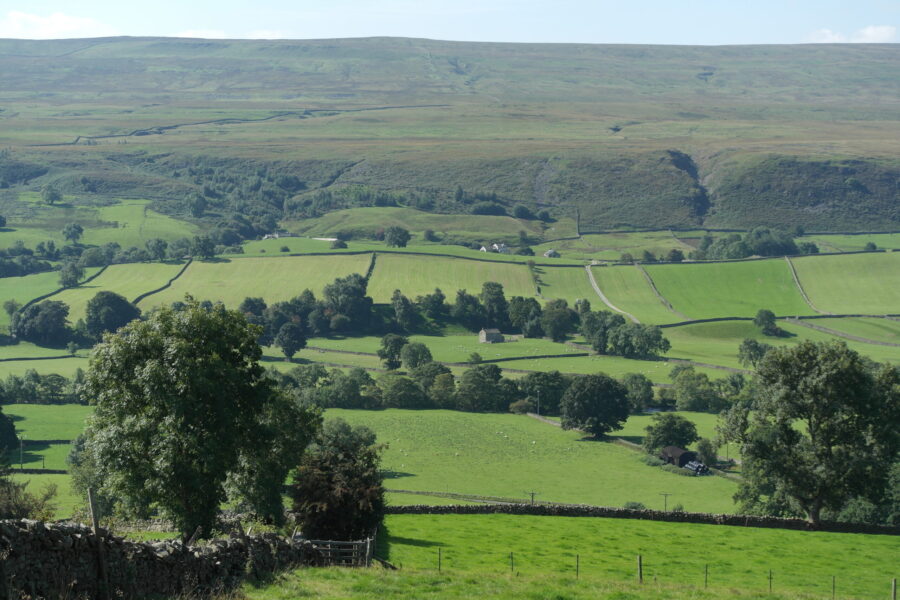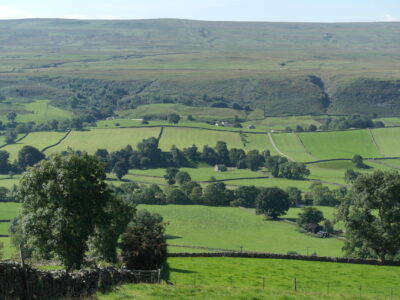We used Participatory Scenario Planning to create spatially explicit land use and tree cover scenarios to 2050 in two UK upland landscapes (the North Pennines & Dales in England and the Elenydd in Mid Wales). Stakeholders were asked to list their preferred land use interventions, along with spatial criteria determining their preferred location in the landscape. We then created future scenarios and modelled the impact on greenhouse gas emissions, livestock numbers, timber production, recreation, water run-off and bird populations. (Minter et al., 2025).
Stakeholder-led scenarios resulted in an increase in total tree cover from 2.5% to 3.3%–9.7% in the North Pennines & Dales, and from 9.7% to 10.1%–26.8% in the Elenydd. With increasing tree cover, we found positive impacts on greenhouse emissions and water run-off (both of which declined), woodland birds and nature-based recreation (both of which increased) and mixed outcomes on timber. On the contrary, increasing tree cover was associated with a reduction in livestock numbers and upland birds. The potential decline of upland bird communities was of particular concern to all stakeholder groups that saw a decline in their scenario. (Minter et al., 2025).
The scenarios were made in: 2024
The scenarios look out to: 2050

